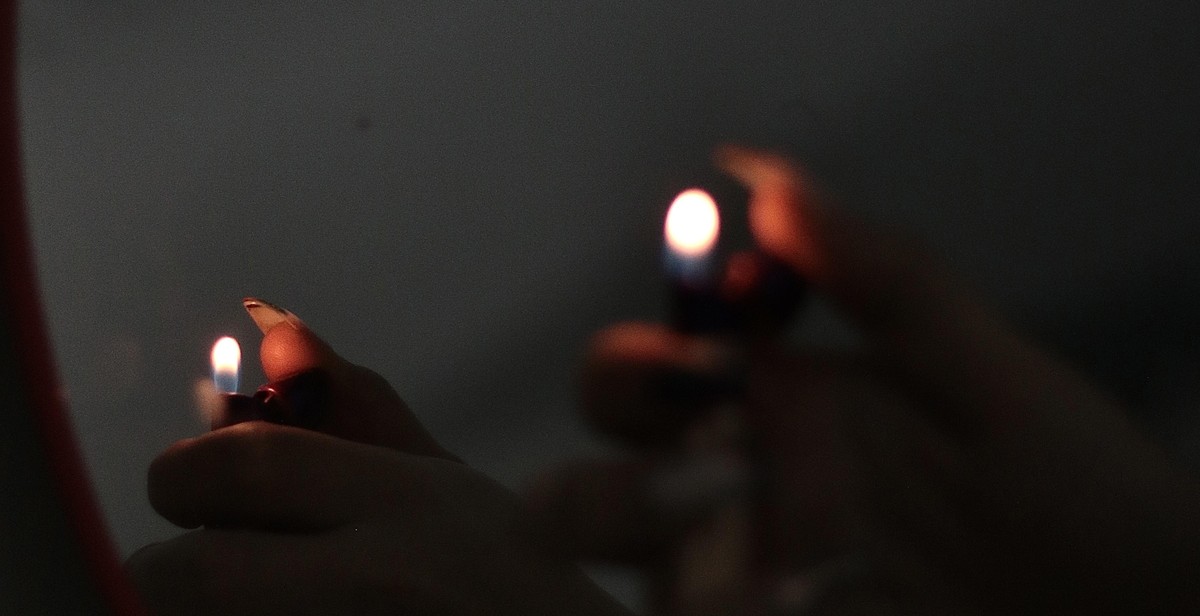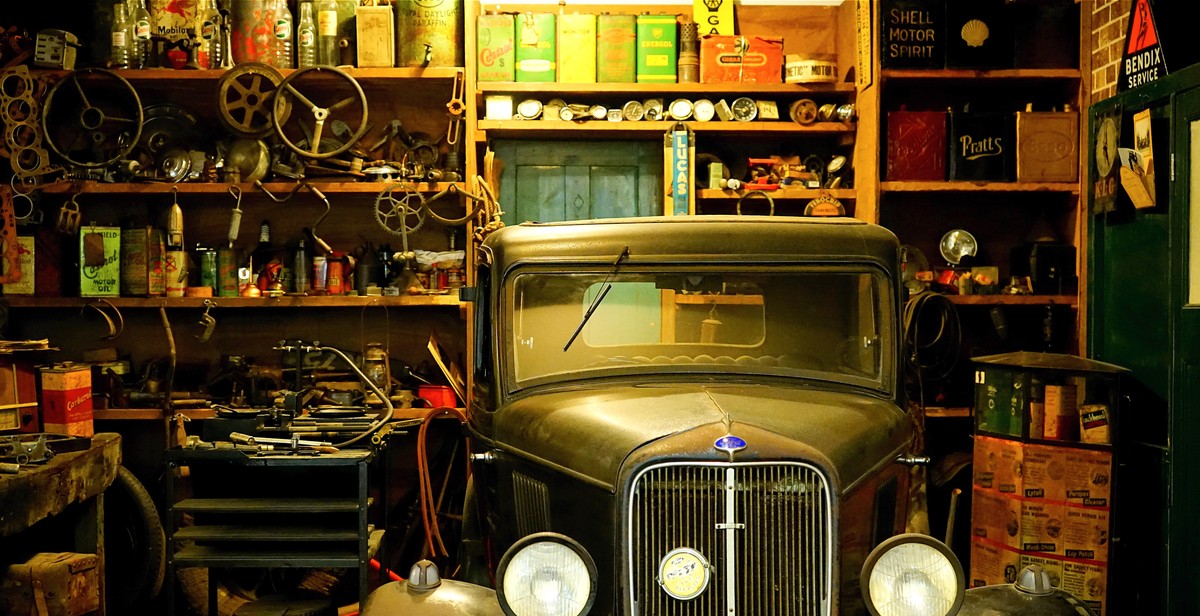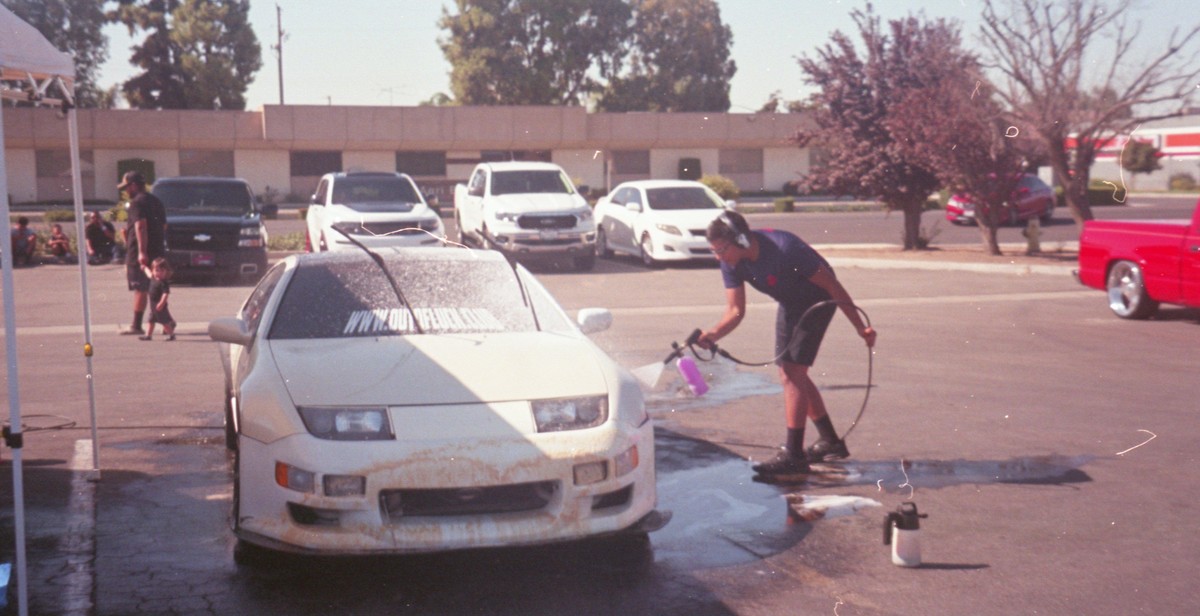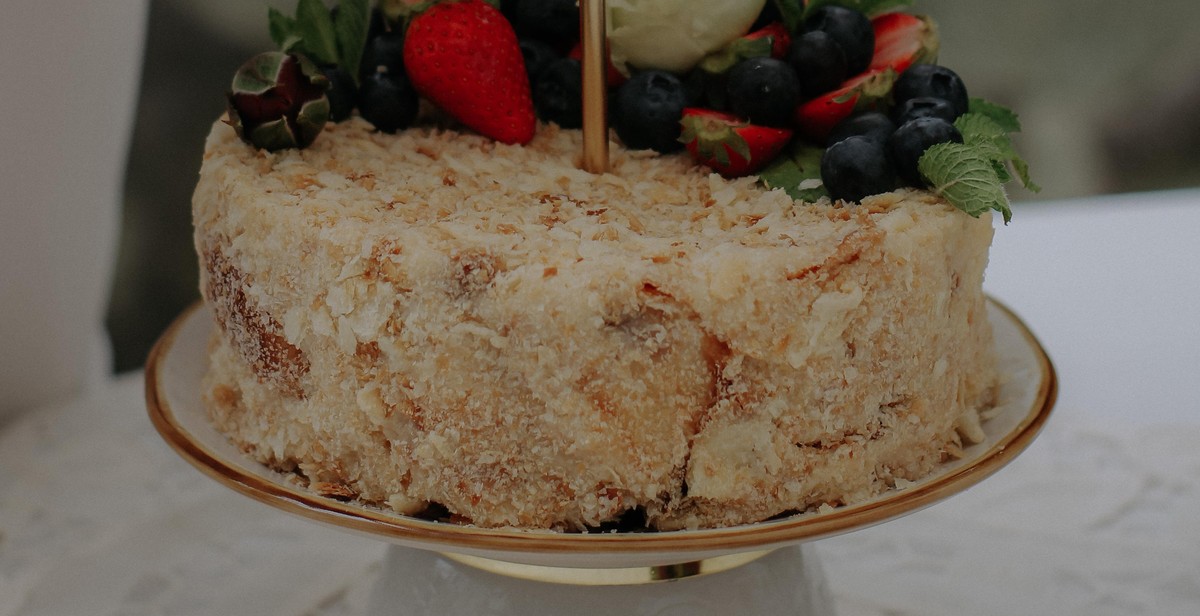Introduction: Troubleshooting Tips for Clearing Blockages in Your Clogged Lighter Nozzle
As a professional article writer and content creator with years of experience, I have encountered my fair share of clogged lighters. Few things are more frustrating than reaching for your lighter, only to find that the nozzle is completely blocked. Fortunately, there are several troubleshooting tips and tricks you can use to fix a clogged lighter nozzle and get back to enjoying your smoke.
Why Your Lighter Nozzle Gets Clogged?
Clogged lighters can be caused by a variety of factors, including dirt, debris, and even old butane fuel. Over time, these materials can build up and block the nozzle, making it difficult or impossible to light your lighter.
The Importance of Fixing a Clogged Lighter Nozzle
Fixing a clogged lighter nozzle is crucial for several reasons. First, it can be frustrating and inconvenient to have a lighter that won’t work. Second, a clogged nozzle can be a safety hazard, as it can cause the lighter to malfunction or even explode. Finally, fixing a clogged lighter nozzle can save you money in the long run, as you won’t have to constantly replace your lighter.
In this article, I will share my personal experience and expertise, along with some tried-and-true troubleshooting tips, for fixing a clogged lighter nozzle.

Why is my lighter nozzle clogged?
Lighters are essential tools for lighting candles, stoves, and grills. However, their nozzles can become clogged over time, making them difficult or impossible to use. A clogged lighter nozzle can be frustrating, especially when you need it the most. Here are some reasons why your lighter nozzle may be clogged:
Dirt and debris buildup
One of the most common causes of clogged lighter nozzles is dirt and debris buildup. This can happen when you use your lighter in a dusty environment or when you drop it on the ground. Dirt and debris can get stuck in the nozzle, blocking the flow of butane gas.
To prevent dirt and debris buildup, it is essential to keep your lighter clean. You can do this by wiping it with a clean cloth or blowing compressed air into the nozzle to remove any debris. If the nozzle is already clogged, you can try using a needle or a toothpick to remove the blockage.
Moisture accumulation
Another reason why your lighter nozzle may be clogged is moisture accumulation. Moisture can enter the lighter through the refill valve or the nozzle and cause the butane gas to condense, forming a blockage.
To prevent moisture accumulation, it is essential to store your lighter in a dry place. If you accidentally drop your lighter in water or expose it to moisture, you should dry it thoroughly before using it again. You can also try using a hairdryer to blow hot air into the nozzle to evaporate any moisture.
In conclusion, a clogged lighter nozzle can be caused by dirt and debris buildup or moisture accumulation. By keeping your lighter clean and dry, you can prevent these issues and ensure that your lighter works properly when you need it.

Tools you’ll need
Before we begin troubleshooting, you’ll need a few tools to help you fix a clogged lighter nozzle:
- A small screwdriver or toothpick
- A can of compressed air
- A clean cloth or tissue
- Lighter fluid or rubbing alcohol
- A small container to hold the lighter fluid or rubbing alcohol
You may already have some of these tools at home, but if not, you can easily find them at your local hardware or convenience store. Let’s take a closer look at each tool and how it can help you fix your clogged lighter nozzle.
Small screwdriver or toothpick
A small screwdriver or toothpick can be used to gently remove any debris that may be blocking the nozzle of your lighter. Be careful not to damage the nozzle while doing so.
Can of compressed air
A can of compressed air can help to blow out any debris or dust that may be clogging the nozzle. Hold the can upright and spray short bursts of air into the nozzle.
Clean cloth or tissue
A clean cloth or tissue can be used to wipe away any excess debris or residue that may be on the lighter nozzle after cleaning it.
Lighter fluid or rubbing alcohol
Lighter fluid or rubbing alcohol can be used to clean the nozzle of your lighter. Soak the nozzle in the fluid or alcohol for a few minutes, then use a small brush or toothbrush to gently scrub away any debris. Rinse the nozzle with water and dry it thoroughly before using the lighter again.
Small container
A small container can be used to hold the lighter fluid or rubbing alcohol while you clean the nozzle of your lighter.
Now that you have all the tools you need, let’s move on to the troubleshooting tips for clearing blockages in your clogged lighter nozzle.

How to Fix a Clogged Lighter Nozzle: Troubleshooting Tips for Clearing Blockages
If you are a smoker or enjoy lighting candles, you know how frustrating it can be when your lighter nozzle becomes clogged. A clogged lighter nozzle can prevent the flame from properly igniting, making it difficult to light your cigarette or candle. Fortunately, fixing a clogged lighter nozzle is a simple process that you can do at home with a few basic tools. Here are some troubleshooting tips for clearing blockages:
Step 1: Disassemble the lighter
The first step in fixing a clogged lighter nozzle is to disassemble the lighter. This will give you access to the nozzle so you can clean it properly. To disassemble the lighter, use a small screwdriver or a coin to remove the bottom of the lighter. Be sure to keep the parts in a safe place so you don’t lose them.
Step 2: Clean the nozzle with a pin
Once you have access to the nozzle, use a pin or a needle to clean out any debris that may be clogging the nozzle. Be gentle and careful not to damage the nozzle. You can also use a toothpick or a small brush to clean the nozzle.
Step 3: Use compressed air to blow out debris
If the pin doesn’t work, try using compressed air to blow out any debris that may be clogging the nozzle. You can purchase compressed air at your local hardware store or use a can of compressed air that is used for cleaning computers. Be sure to hold the lighter upside down and spray the compressed air into the nozzle.
Step 4: Clean the lighter with alcohol
After cleaning the nozzle, use a cotton swab or a cloth dipped in alcohol to clean the entire lighter. This will help remove any dirt or debris that may be clogging the nozzle. Be sure to let the lighter dry completely before reassembling it.
- Pro tip: If you’re having trouble with your lighter, try adjusting the flame height. Sometimes a low flame can be mistaken for a clogged nozzle.
By following these troubleshooting tips, you can easily fix a clogged lighter nozzle and enjoy a properly working lighter once again.

Preventing Future Clogs
After you have successfully cleared the blockage in your lighter nozzle, it is essential to take some preventive measures to avoid future clogs. Here are some tips to keep your lighter functioning smoothly:
Store your lighter properly
- Avoid exposing your lighter to extreme temperatures or direct sunlight, as this can cause damage to the lighter and the fuel inside.
- Keep your lighter in a dry place to prevent moisture from entering the fuel chamber.
- Store your lighter away from children and pets to avoid accidents.
Clean your lighter regularly
Regular cleaning of your lighter can help prevent clogs and ensure that it functions properly. Here are some tips for cleaning your lighter:
- Use a soft cloth or cotton swab to clean the exterior of the lighter. Avoid using harsh chemicals or abrasive materials that can scratch the surface.
- Remove any debris or dust from the nozzle using a small brush or toothpick.
- Empty the fuel chamber and refill it with high-quality butane fuel to ensure a clean burn.
Conclusion
By following these simple tips, you can prevent future clogs in your lighter nozzle and keep your lighter functioning smoothly. Remember to store your lighter properly, clean it regularly, and use high-quality butane fuel for the best results. With a little care and maintenance, your lighter can provide you with reliable service for years to come.

Conclusion
Fixing a clogged lighter nozzle is not rocket science, and with the right troubleshooting tips, you can easily clear the blockages and enjoy your lighter once again. Remember to always follow the manufacturer’s instructions when cleaning your lighter to avoid damaging it or causing injury.
Start by identifying the cause of the blockage and then choose the appropriate method to clear it. If the blockage is caused by debris or dirt, use a toothpick or compressed air to remove it. For more stubborn blockages, soaking the nozzle in alcohol or using a sewing needle can be effective.
Regular maintenance of your lighter can also prevent blockages from occurring. Clean your lighter frequently and avoid overfilling it with fuel. Additionally, always use high-quality butane gas to avoid impurities that can clog the nozzle.
By following these simple tips, you can keep your lighter in top condition and avoid having to buy a new one every time the nozzle gets clogged.
| Summary |
| • Fixing a clogged lighter nozzle is easy with the right tips |
| • Identify the cause of the blockage and choose the appropriate method |
| • Regular maintenance can prevent blockages from occurring |
| • Always use high-quality butane gas to avoid impurities |
